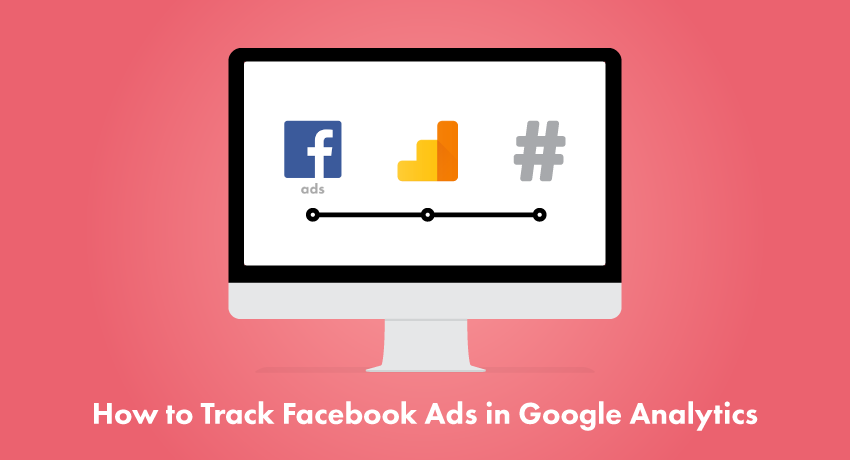Paul Dobson, Senior Lecturer at Staffordshire Business School
According to a number of reports Google has implemented a substantial search engine algorithm update in January, plus a number of smaller ones in February 2020 … But what does this mean for businesses?
The Google search engine uses a combination of algorithms and numerous ranking signals to deliver webpages ranked by relevance on its search engine results pages (SERPs) and we’ve seen these changes have a direct impact on the Google Analytics results and effectiveness of the customer journey to gain sales for businesses. An example of this, is the page ranking has changed to be more themed based. However, there are ways for businesses to enable their website to be high up in the SERP. These include :-
1. Snippets Dominate More Search Clicks
Google has changed over recent years with the aim to deliver better search results for the reader, examples include providing the answers through featured Snippets which appear above the organic results. For example, I’ve search “how to walk in snow”

For your website to take advantage of this, you need to provide clear answers to commonly asked questions in your website area of interest. These featured Snippets are evaluated and boosted to the top depending on their quality, with the results that 54.68% of clicks from Google come from featured Snippets. There are various ways to create featured snippet at the top of the page but the key ways include :-
- Create something better than the current Answer Card / Provide updated information, and Google will prioritise this ‘Freshness’
- Take the most frequent People Also Asked questions, listed in the Google search, and create content to match*
- Focus on the most frequently asked types of questions: “How”, “Is” and “Why”
2. Keywords no longer work
Trying to pack key words into landing pages is no longer effective. Google is using more natural language and wants to independently rank websites and use them as quality data sources. Your website needs to be written as a natural language rather than trying to pack key words at the top, and consider the long key words that readers may use to find your website. In addition, you need to consider your website as an overall themed area rather than a mixture of items or topics, for example if you’re selling car parts do not include information blogs on other areas such as toys, or if you do include other areas setup robot.txt and sitemap.xml so that Google does not to index them and get confused.
3. Mobile User Experience (UX) affects your ranking and Sales.

On some of the websites that we use for student demonstrations of Customer Experience, (CX) User Experience (UX) and Google Analytics (for example https://aubergedechabanettes.com/ ) we can see up to 80% of the hits to the websites are from smart-mobiles in some weeks. A website that is not mobile compatible will lose customers especially as mobile access is a growing trend. How people find information using their mobile devices is also getting more advanced, so your website must be easy to read, grab people’s attention and then can answer their questions or keep them entertained. If you own a business based at a property such as a Hotel, Restaurant, Bar and Beauty Salon, local SEO is vitally important. Studies show that 4 in 5 consumers conduct local searches on search engines using their mobile devices. Google now allows customers, at a click of a button, to navigate to you, call you or even book directly.
4. Websites Optimize for Voice Search such and Alexa and OK Google
With the growing use of mobile devices and home devices, voice searches are becoming an increasing trend. These searches are not only done on phones, but they can also be performed on home voice assistants such as the Amazon Echo, Samsung Smart TV, Voice Pod, etc.

Questions asked via voice instead of entering search queries are going to make short choppy keywords less relevant and therefore search terms have become more conversational and targeted. This increasing use of voice searches has already had an impact of Google’s algorithms and Artificial Intelligence systems since the search engine needs to do more work to get the relevant information that the user is looking for.
5. Artificial Intelligence (AI) is the way forward.
Artificial intelligence (AI) is an important technology behind Google to deliver better search results to its users to create personalized experiences for consumers. The AI has been learning the characteristics of what makes websites of high quality or not, then classifies these web pages and determines their rankings. Therefore, high-quality content is essential for effective SEO strategies. Users want content that is relevant, helpful, and timely, so Google tends to place websites with consistently themed high-quality content with higher search engine rankings.
If you’d like to know more about becoming an expert in using data driven strategies to lead businesses to success including how to use data to analyse, design and test elaborate customer experience systems in the customer journey to optimise growth, plus learning to work in development environments for Fitbit, Alexa and Google home and mobile devices/smartwatches/ smart home devices as well developing using cloud computing, have a look at our MSc in Customer and Data Analytics.
Author :-
Paul Dobson is a Senior Lecturer at Staffordshire Business School in Digital and Strategic Marketing. He is actively involved in supporting local and EU charities and businesses especially hospitality businesses such as hotels and restaurants. Further details can be seen at https://www.linkedin.com/in/paulmddobson/


























